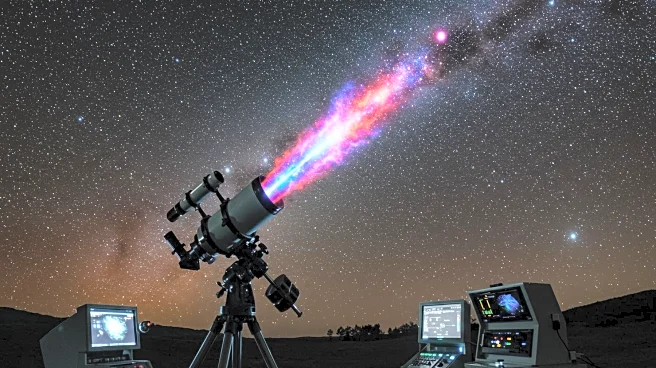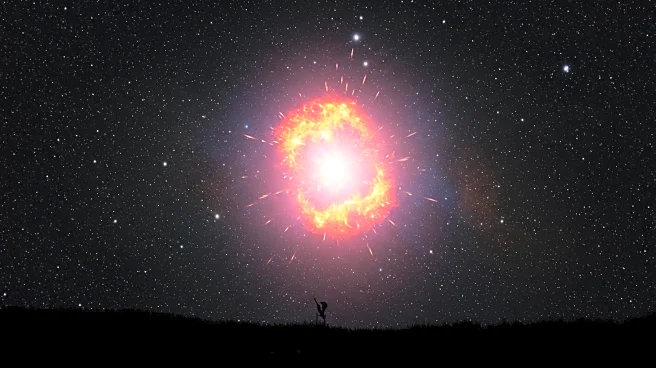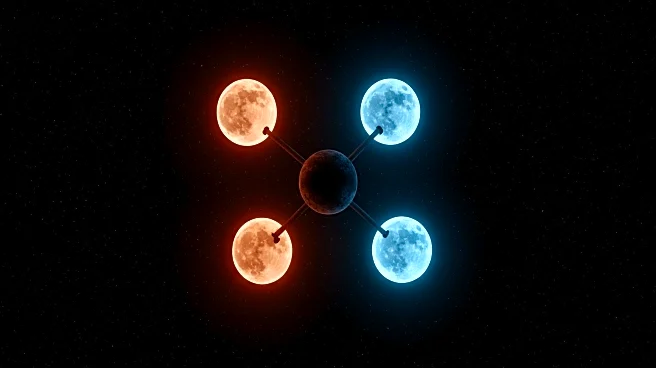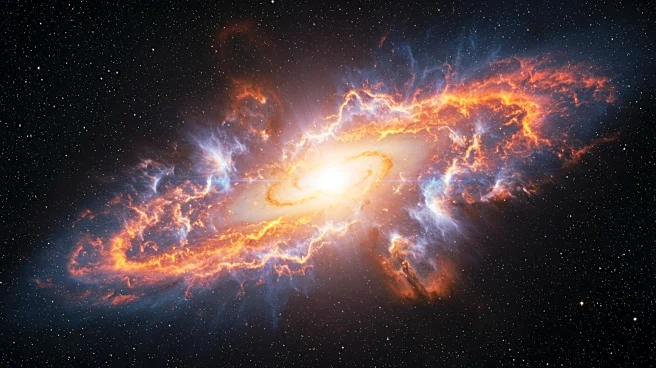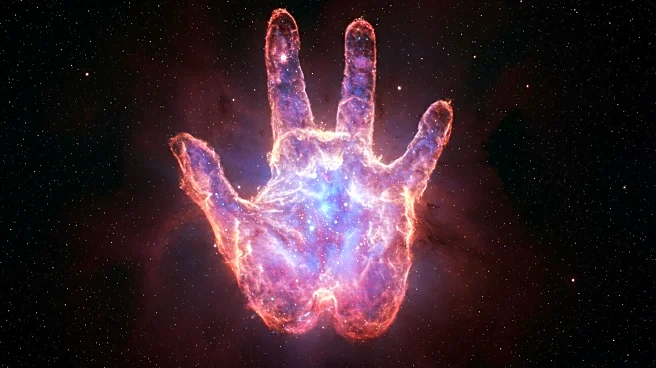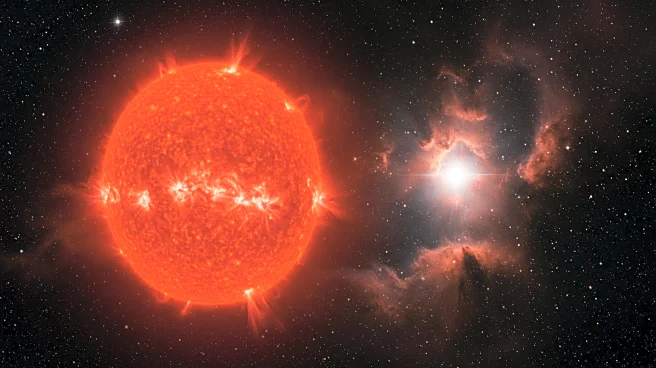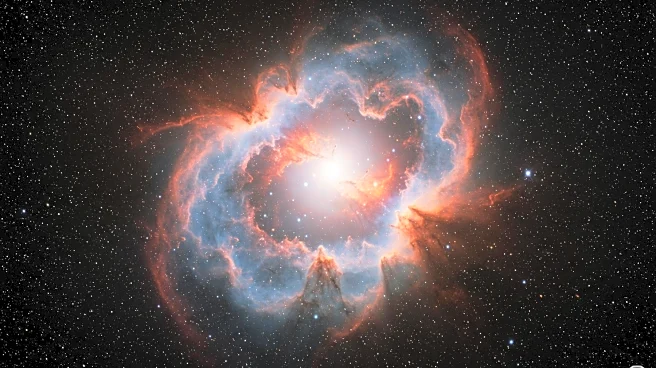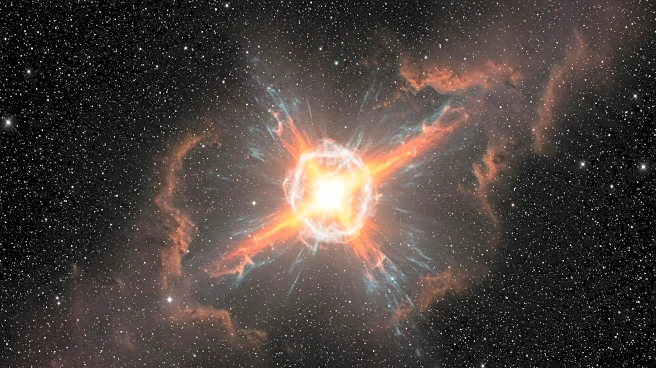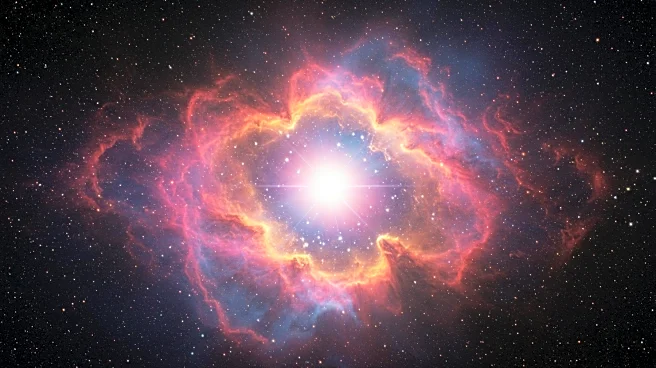What's Happening?
A new method has been developed to detect supernovae within hours of their explosion, as detailed in a study published in the Journal of Cosmology and Astroparticle Physics. Led by the Institute of Space Sciences and the Institute of Space Studies of Catalonia, the study focuses on capturing the first traces of supernova explosions. This approach allows researchers to gather extensive data on the star's life stages. Observations were made using the Gran Telescopio de Canarias, emphasizing the need for rapid telescope follow-up to capture early spectra of stellar explosions.
Why It's Important?
This advancement in supernova detection is crucial for understanding the final stages of a star's life and the processes leading to its explosion. By capturing supernovae shortly after they occur, scientists can differentiate between competing explosion models and study the local environment. This method enhances our understanding of stellar evolution and the dynamics of star death, providing insights into the universe's most energetic events.
